It just happened to be the Easter weekend when we visited one of Portugal’s most magnificent religious sites, the Convento de Cristo and Templar castle of Tomar. As part of the UNESCO World Heritage listed religious sites within a 40 mile radius it completes the area’s ‘sacred triangle’. The journey there, thanks to our evil Sat Nav unfortunately included a bit of an uncomfortable moment as we got sent down a road that was far too narrow with an even narrower T Junction at the end. Shouts from a local man made us even more aware of the error of our ways and we sheepishly had to reverse about 100 metres back down the road. As Julian drove, I ran ahead to make sure nothing came down and blocked us in, only to be greeted by another shouting man at the other end. Suitable ashamed of ourselves we made a hasty retreat, turned off the Sat Nav and found our own way there! Arriving in the late afternoon we were concerned that we may not find space in the motorhome aire but as it was we got a spacious spot on the grass with room to get the chairs and enjoy a cuppa in the sun before going out for an initial look around.

Buzz Laika in the motorhome aire at Tomar
The monumental complex overlooking the town of Tomar was founded by the Knight’s Templar in 1160 overlooking the tranquil Nabao River and what was to become the town of Tomar. Originally the town had a cross shaped layout with a convent at each point of the compass. Today it’s a charming riverside town with the convent on the hilltop now one of Portugal’s most impressive national monuments. The free motorhome aire is just a short walk away in the grounds of a former campsite so perfectly placed for a visit.
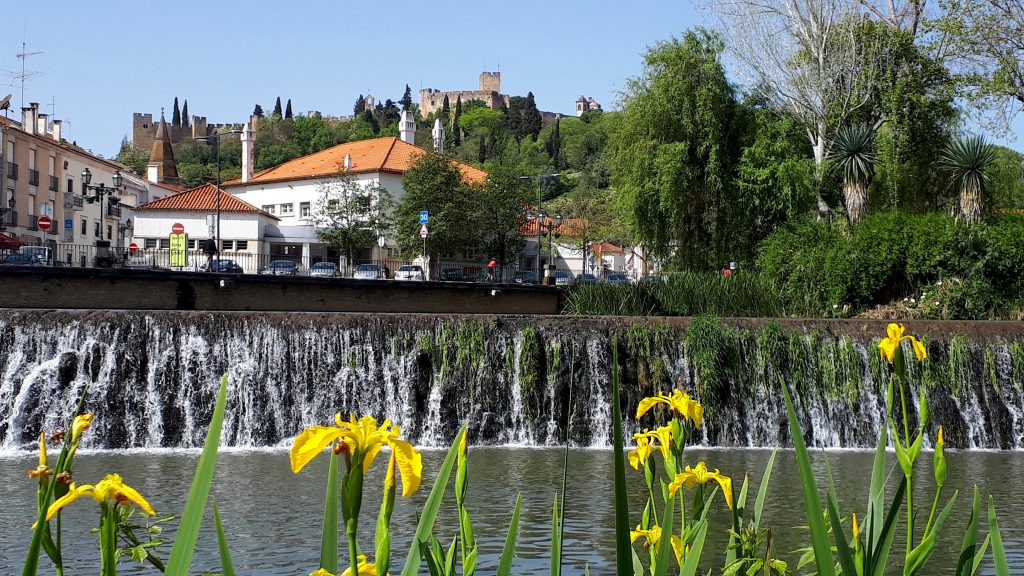
Attractive waterside setting of Tomar and the Nabao River
The walk up to the convent was unsurprisingly steep. We popped into the Tourist office on the way and along with a map, got a small treat in the form of a little foil wrapped chocolate egg from a bowl on the counter. Unfortunately it was the only chocolate we had all weekend! The lady also told us about a procession happening in the streets the following morning at 9.30 am so it was lucky we went in otherwise we wouldn’t have known.
We carried on up the hill getting to the convent and first took a walk around the walls which is free. There are some reasonable views but nothing amazing. Afterwards we went in with our multi-venue ticket we bought in Alcobaca, smugly making our way past the queue and straight inside.
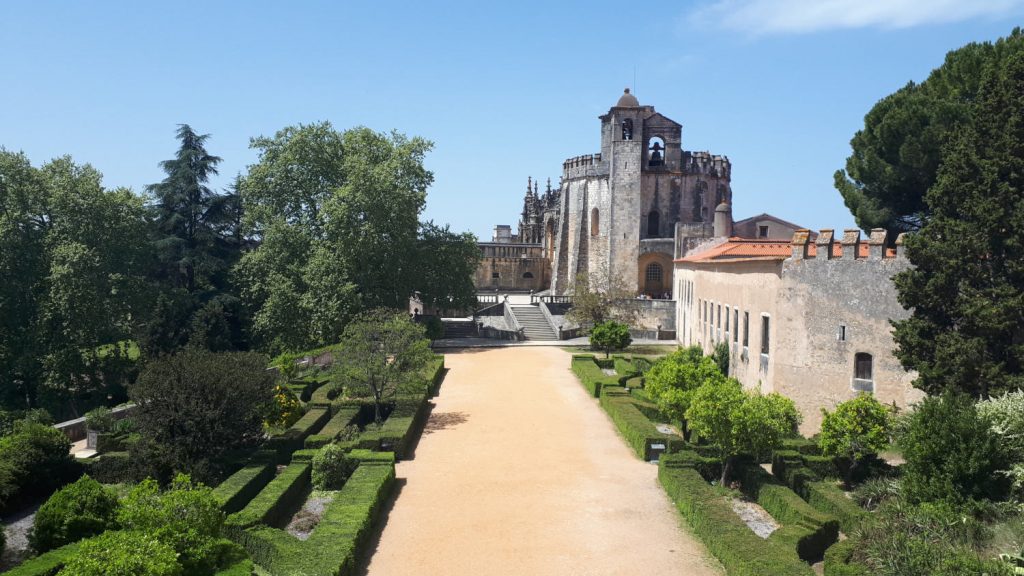
The approach to the Convento Cristo through its gardens
The architecture and interior detailing was quite unique and the blue tiled courtyard and arcaded walkways particularly appealing. Outside the impressive manueline window was drawing a lot of attention and there are multiple archways, balconies and courtyards to explore. The church inside was particularly unusual with an elaborately decorated rotunda covered top to bottom in paintings, gold leaf and intricate carvings.
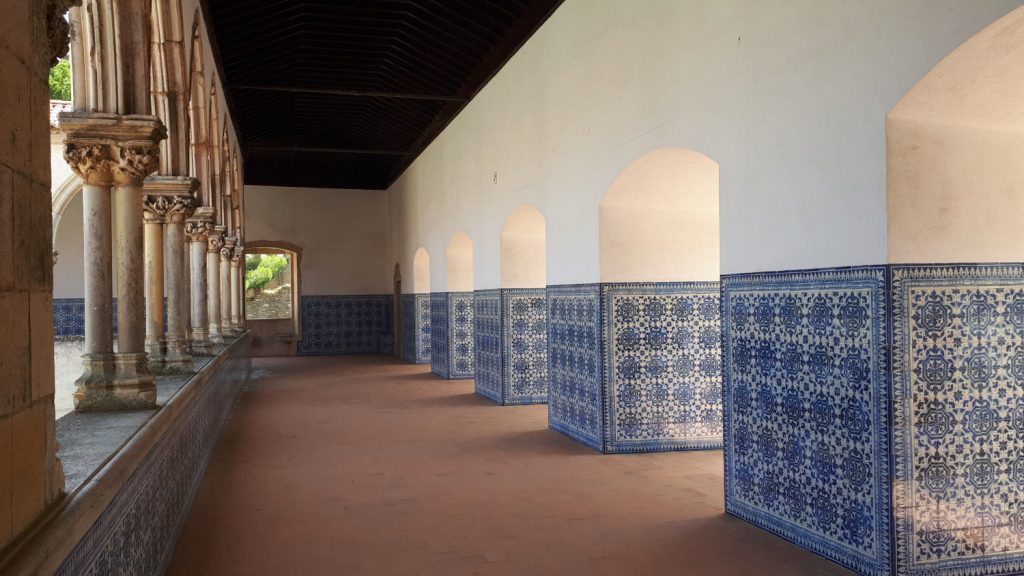
Blue and white tiled courtyard arcade
We spent a good couple of hours walking around and afterwards went to the town square for a drink. As it’s Easter we decided to try a traditional Portugese Easter bread for #MondayBunDay – Folar da Pascoa. The Portugese often enjoy it for breakfast smothered in butter. It’s a sweet brioche style bread with lemon zest which is unusual because it has a whole egg on top with a cross of dough over it which is baked in the oven along with the bread. It’s similar to the Italian version and is one of the most popular and common Easter foods eaten throughout European Catholic countries. Ours was a small 2 euro 1 egg version but you can get them with 4 eggs in for about 15 euros.

Folar da Pascoa from traditional bakery Estrelas de Tomar
The next morning, we were sitting having breakfast at around 8am and suddenly heard what sounded like fireworks. We peered out of the windows and opened the door but couldn’t see anything so we’re not entirely sure, but we were convinced something big was happening and it must be part of the pre-procession. Wolfing down breakfast and quickly getting ourselves organised, we hurried out and rushed to the meeting point where we’d been told the procession would gather. The streets were all draped with banners, hanging from balconies and windows with some streets decorated with large crosses formed from vegetables and fruit. Seeing a group of people assembled in the street we joined them, patiently waiting, cameras at the ready. After a few minutes we noticed they were all in black and looking behind us we realised we were all standing outside a funeral parlour! Feeling decidedly inapproapriately placed and unsure quite what was going on we shuffled along down the street where it was all a bit more colourful and eventually we could hear the sound of a marching band.
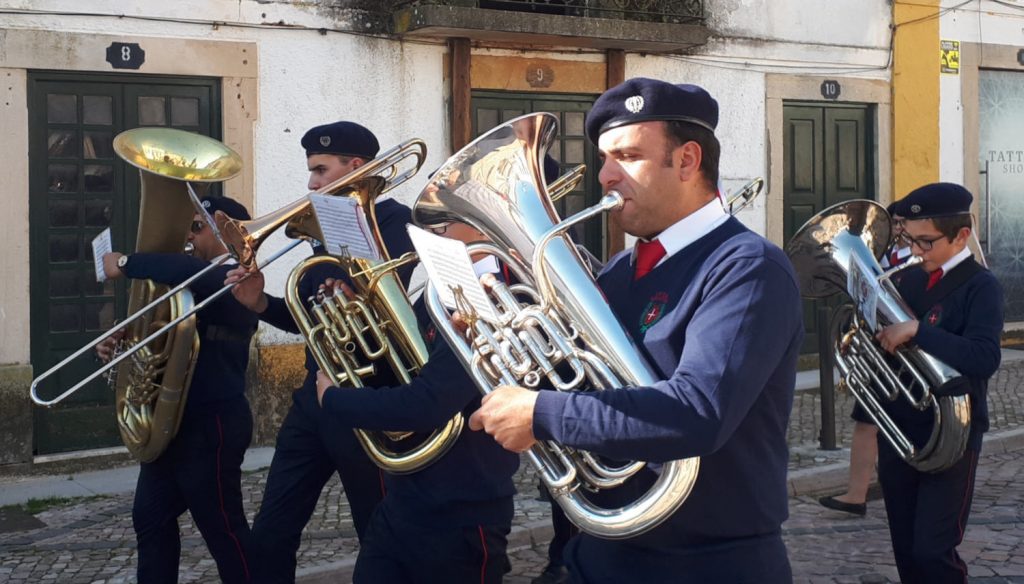
Tomar’s Easter procession and band
We found out later that actually the procession was nothing to do with Easter but a precursor to the traditional Festa dos Tabuleiros (
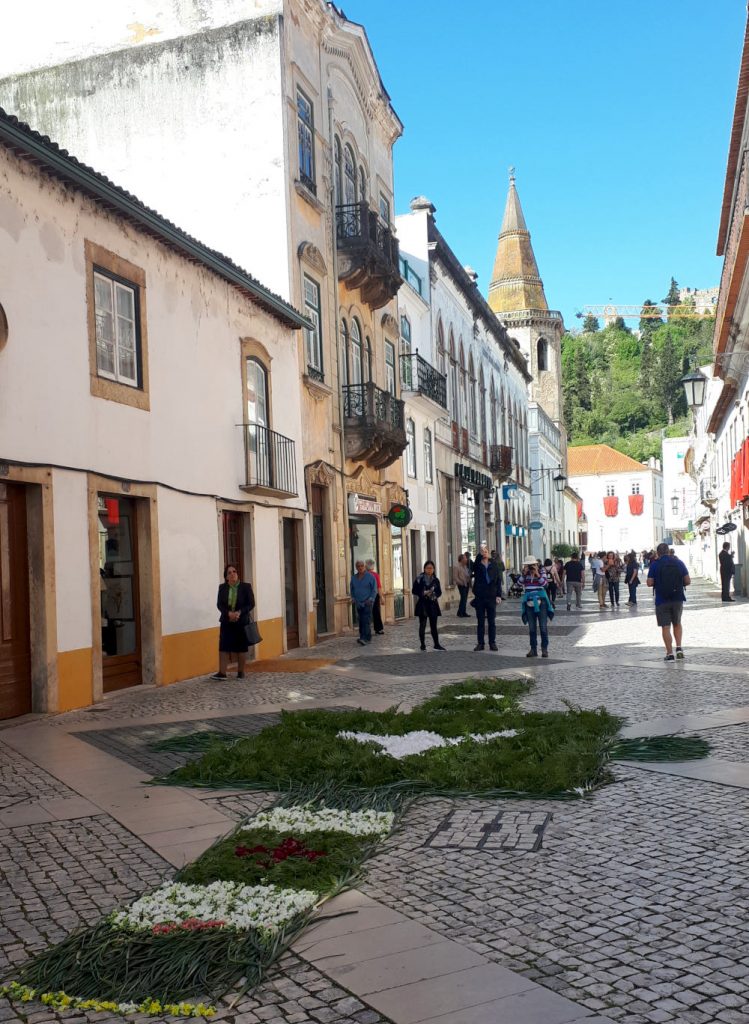
Streets decorated with crosses made of flowers and vegetables
After all the excitement we left Tomar the next morning and drove a few minutes away to the nearby Aqueduct to Pegoes. The 17th century construction was built to supply the convent with water from the natural springs at Pegoes. There are 180 arches, over a distance of 6km and at its highest point its a pretty high 30m tall. You can climb right up on it and walk around the top, although its a bit hair-raising in some areas being quite narrow with a wall just a few inches high on the outer side. Another one to avoid it you don’t like heights!
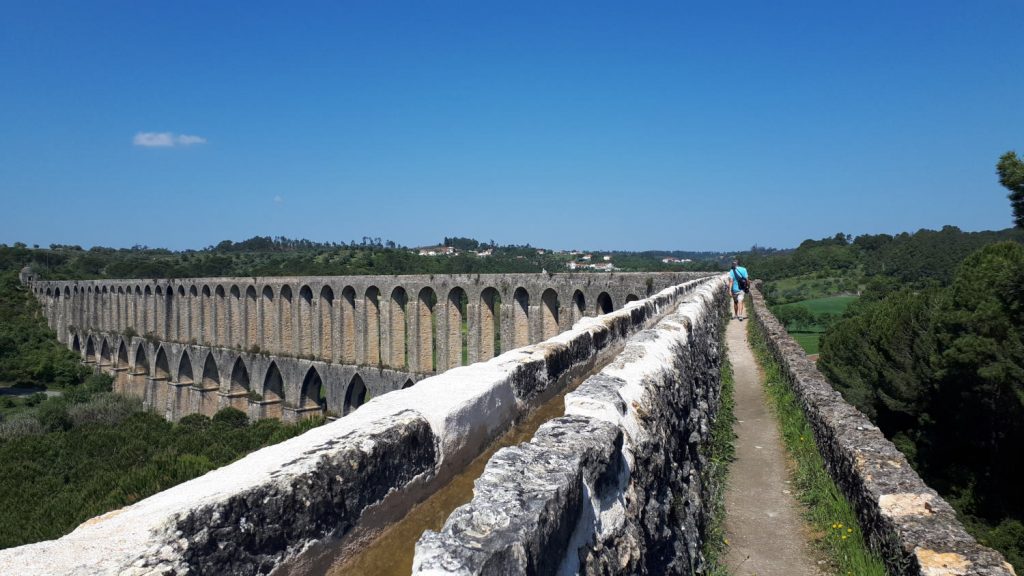
Walking the Aqueduct do Pegoes


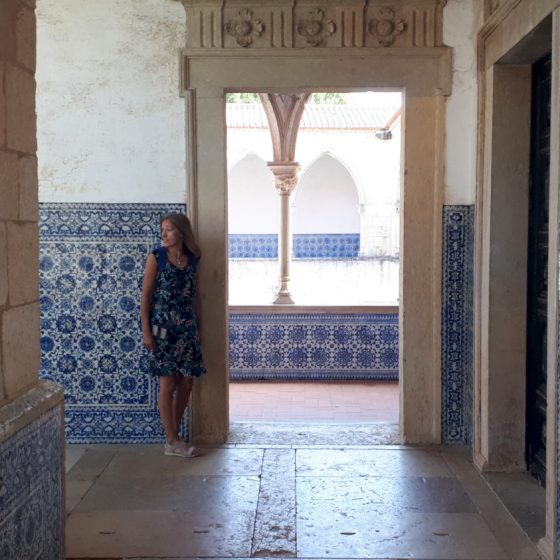

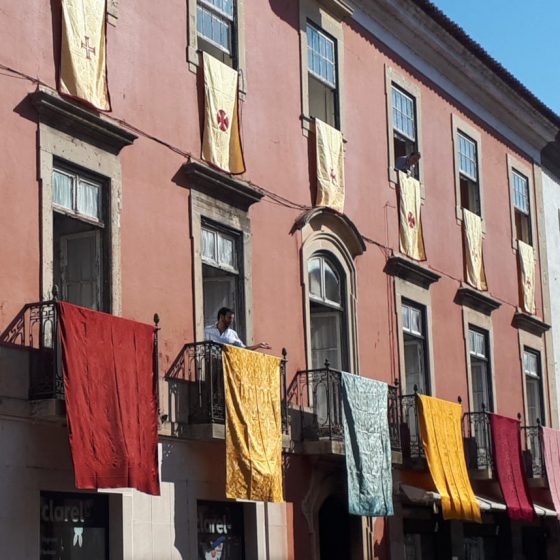

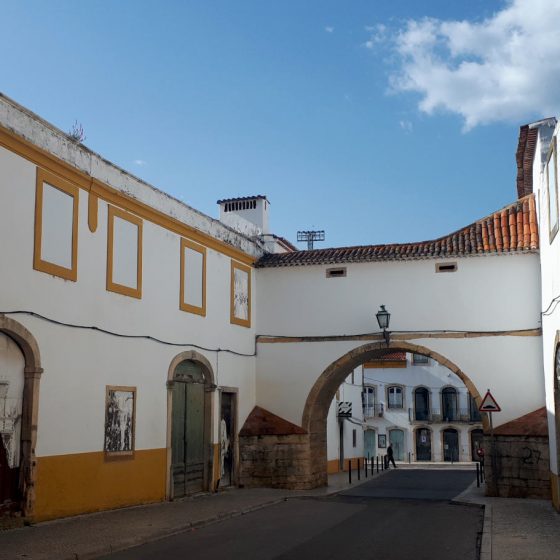
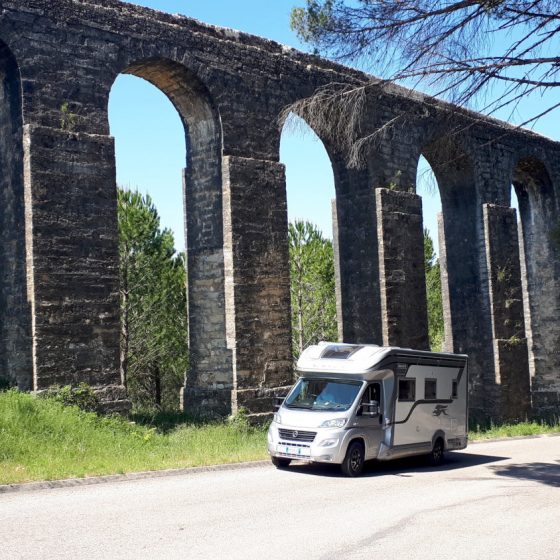
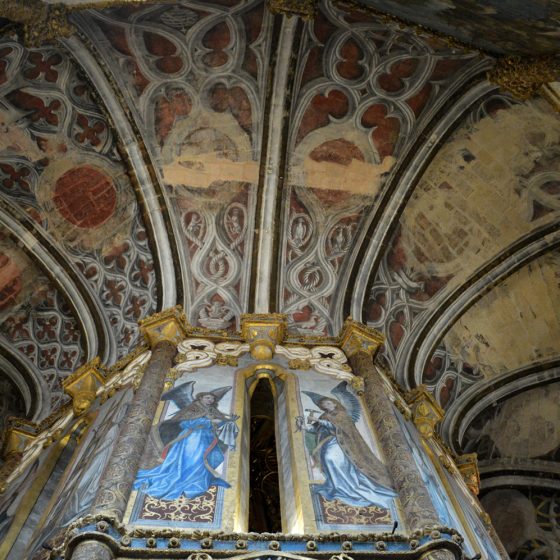
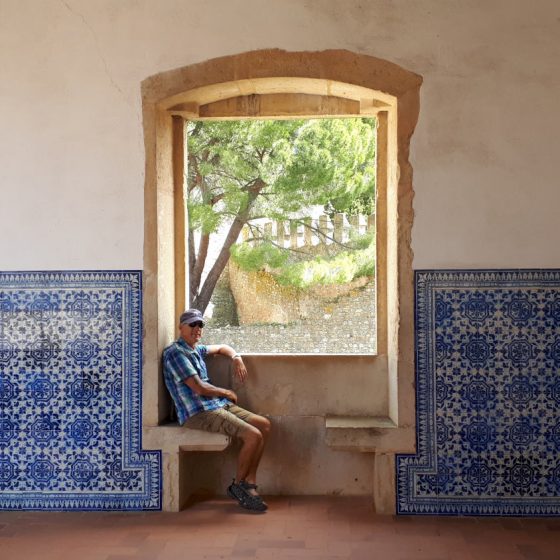

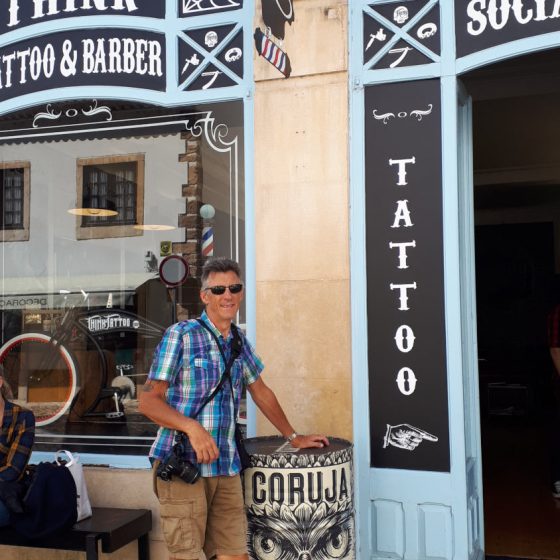
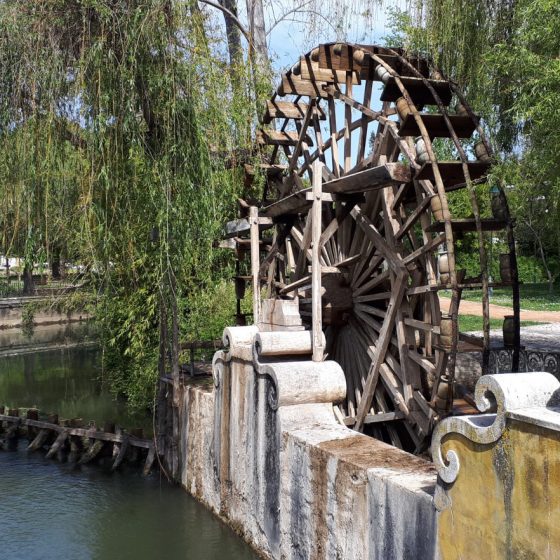
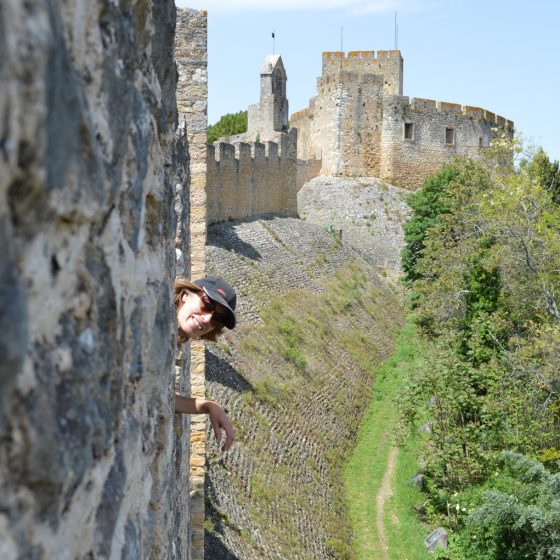
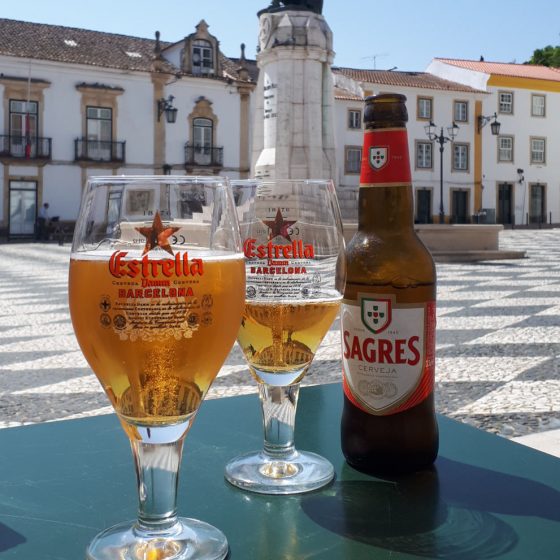
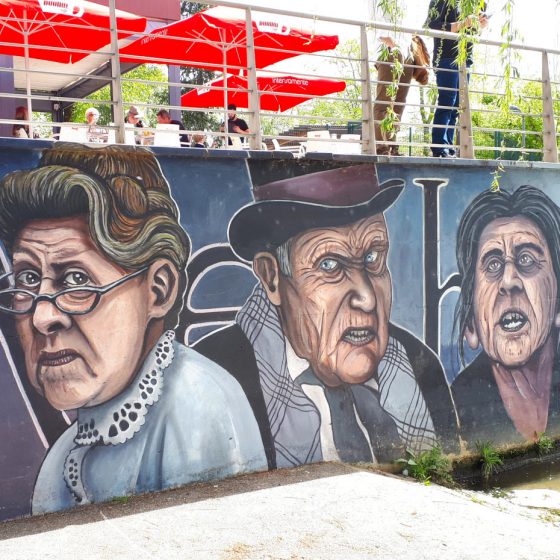
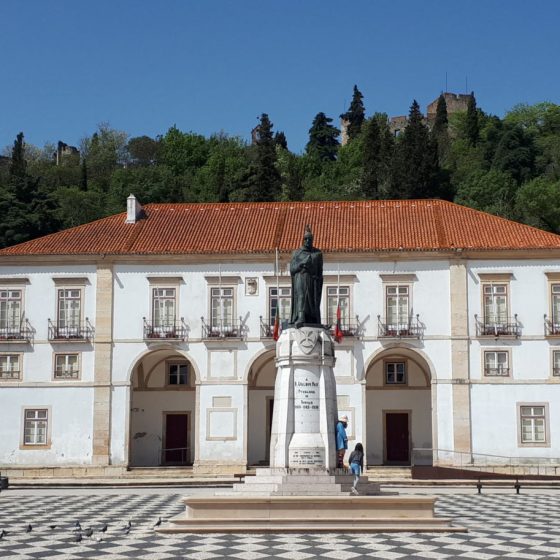
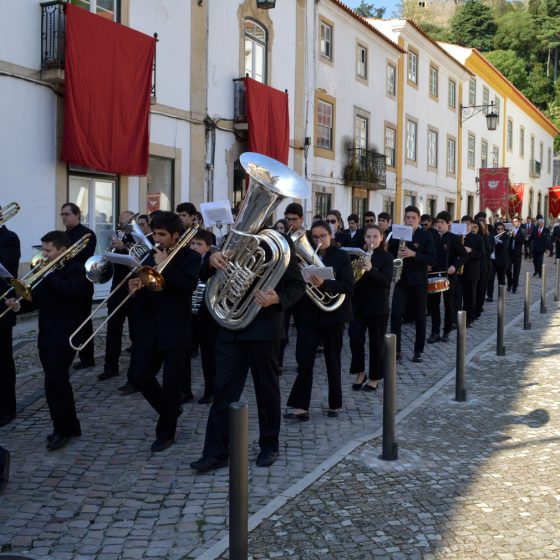
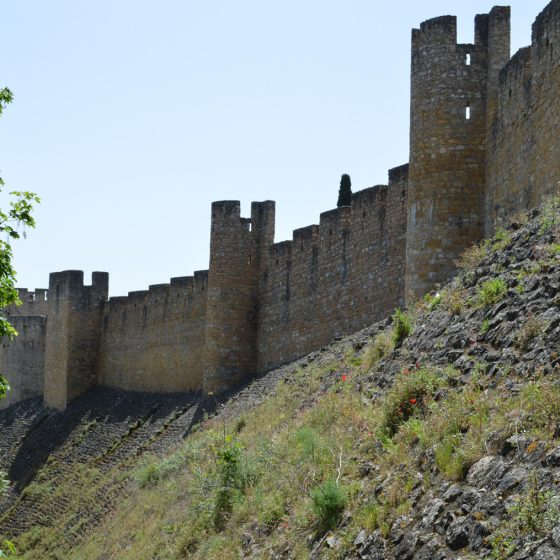
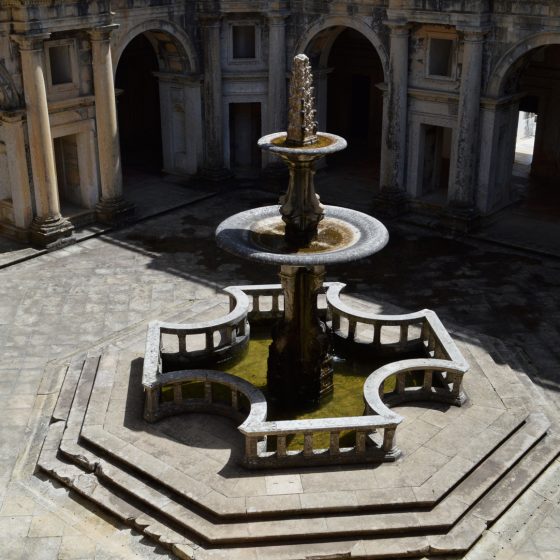
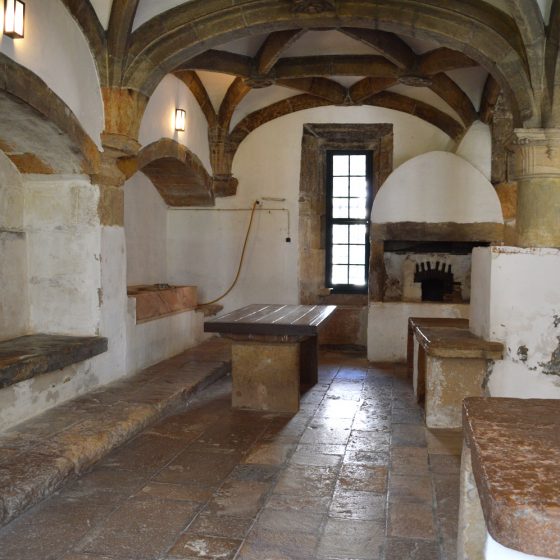
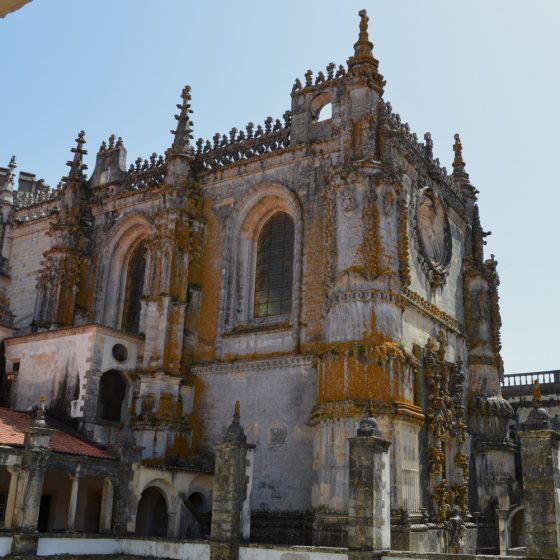
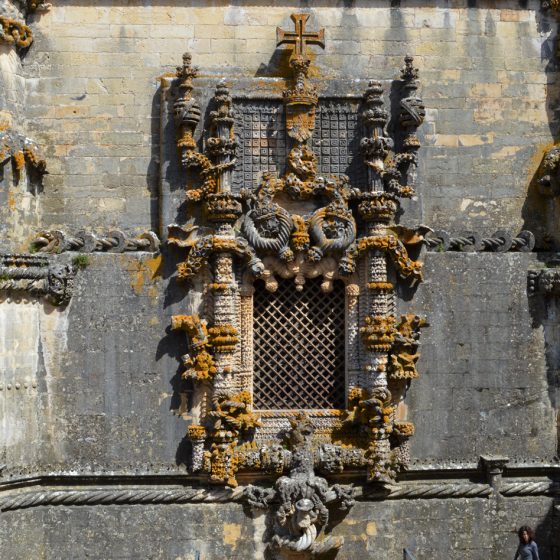
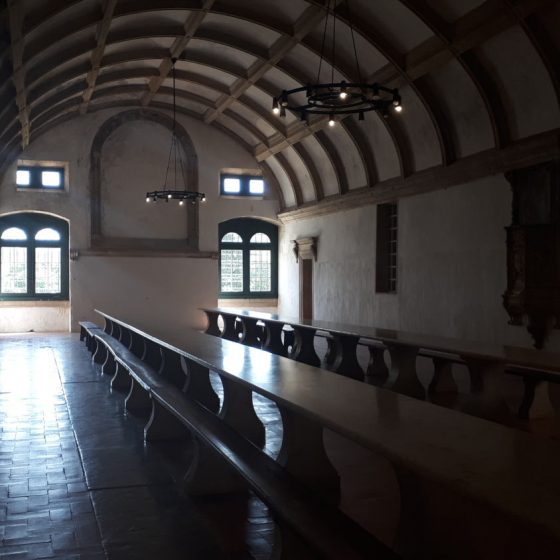
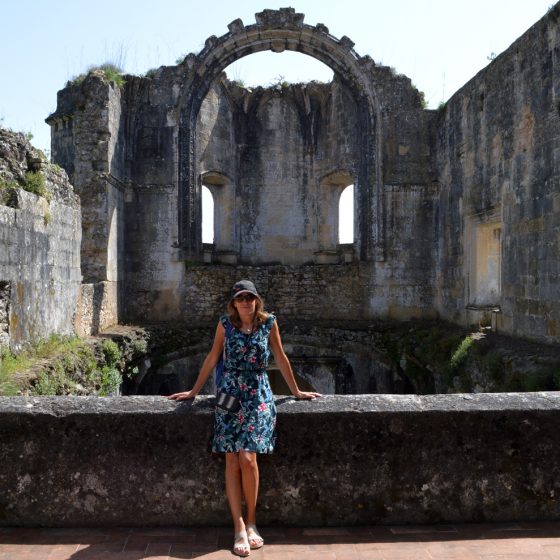
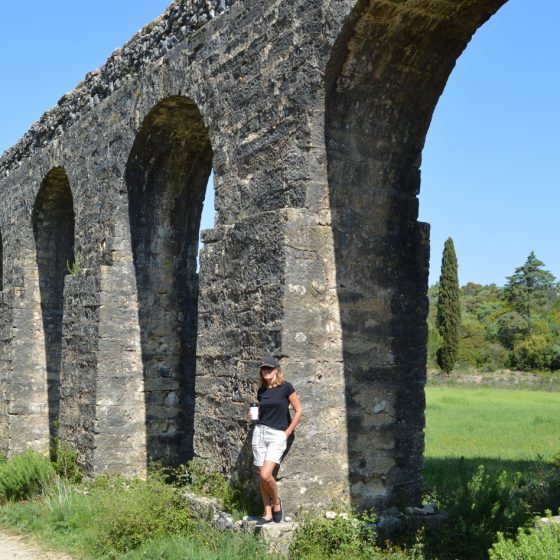
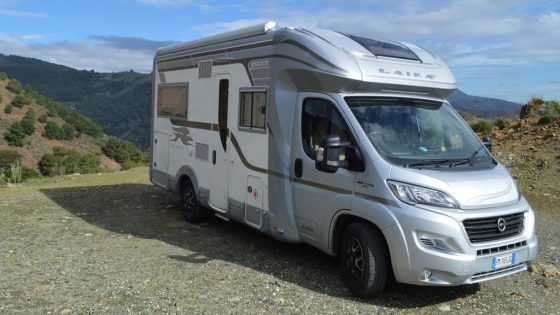


Leave a Reply